Bruce Betts • Apr 15, 2015
The 2015 Gene Shoemaker NEO Grant Recipients
Congratulations to the 2015 Gene Shoemaker Near Earth Object Grant winners:
- Luca Buzzi, Varese, Italy;
- Maurice Clark, Koorda, Australia;
- Daniel Coley, California, USA;
- Robert Holmes, Illinois, USA;
- Julian Oey, New South Wales, Australia; and
- Donald Pray, Massachusetts, USA.
Overall:
- There were 19 proposals.
- $53,250 is awarded to six winners
- Over 17 year history of program: $323,000 has been awarded in 49 awards (to 39 awardees) in 16 countries on 5 continents.
The 2015 Winners:
Luca Buzzi, operates the G. V. Schiaparelli observatory near Varese in northern Italy. This system is one of the most productive NEO astrometric (sky position) follow-up facilities in the world. They have recently procured a large 0.84-meter diameter f/4 telescope. His grant of $9,995 will enable the purchase of a CCD camera for this telescope. With this equipment in place, it is expected that Luca will be able to observe NEOs down to a visible magnitude (brightness) of V~ 22, on par with professional facilities around the world.

Maurice Clark, is given a grant of $8,000 to assist with moving a telescope from Texas, USA to the town of Koorda in Western Australia, and to assist with observatory construction. This is an extraordinarily good observing site that will enable observations of dimmer objects and also provide good geographic latitude and longitude coverage for lightcurve (brightness versus time) research, important for determining spin rate and other asteroid information. From this location, Dr. Clark will continue his successful work determining asteroid rotation periods, and surely add to his 18 published papers in the Minor Planet Bulletin.
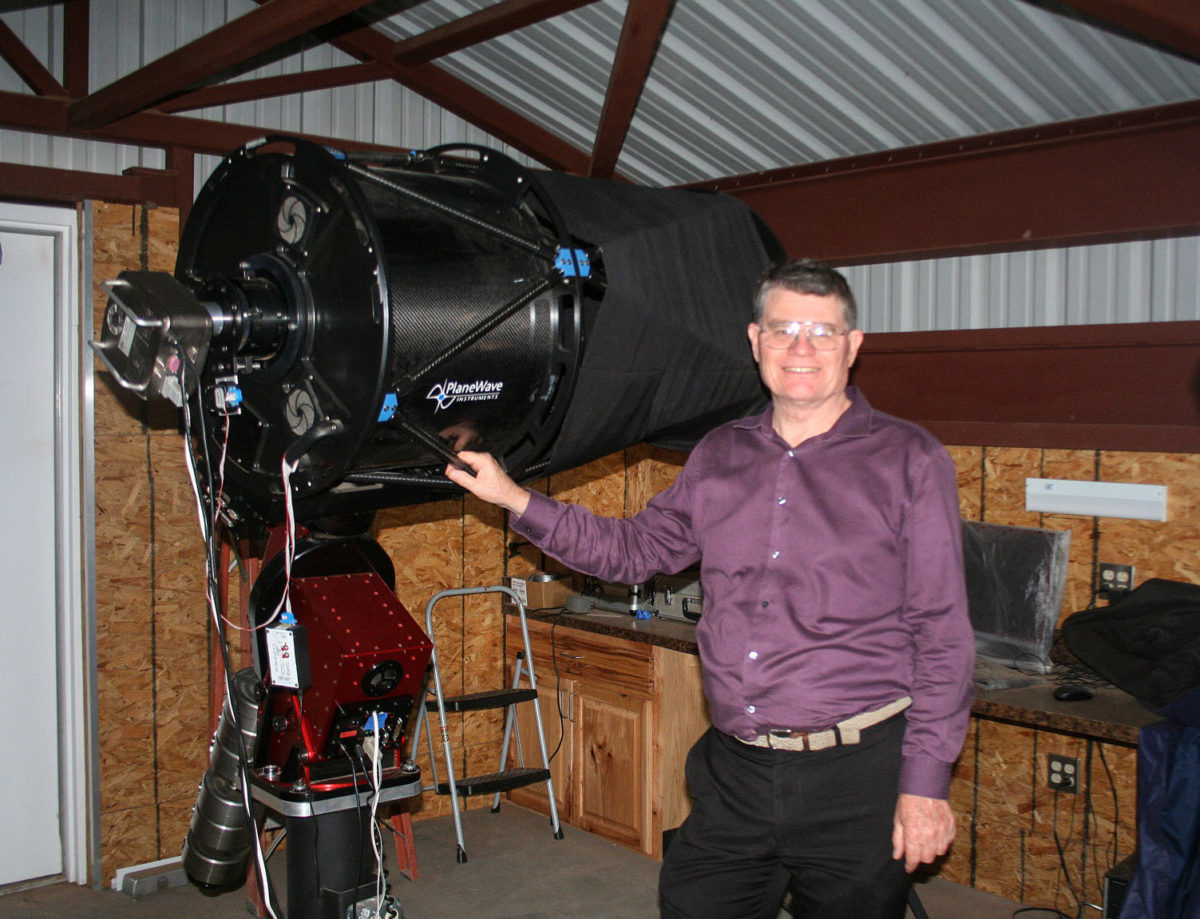
Daniel Coley, specializes in determining rotation periods for NEOs, Hungarias, and Jupiter Trojan minor planets. His grant of $8,065 will purchase a new CCD camera to replace a failing instrument at his observing facility in at the Center for Solar System Studies (CS3) in Landers, California. This new CCD will allow Daniel to concentrate on year-round observing of NEOs, and publishing the results in the Minor Planet Bulletin and providing raw lightcurve (brightness versus time) data to the database hosted at the Minor Planet Center (MPC).
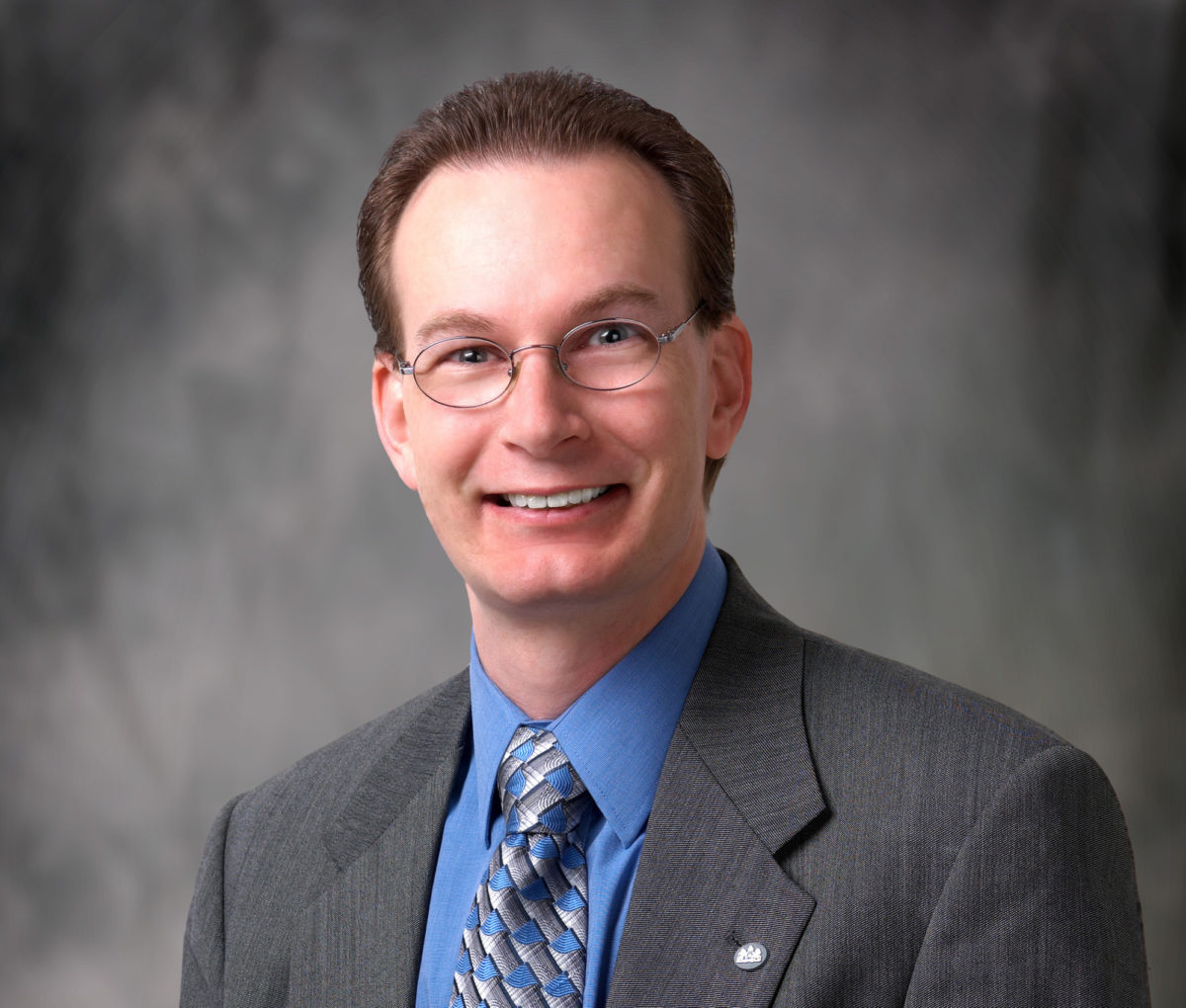
Robert Holmes, is among the most prolific follow-up observers of NEOs in the world. His facility in northern Illinois operates several telescopes year-round. Robert recently completed construction of a 1.3 meter diameter telescope. He will be granted $5,500 for a new more sensitive CCD for this telescope (the CCD currently on that telescope will be moved to a 0.6 meter telescope). The addition of the new camera on the 1.3m telescope will allow Robert to continue his efficient and productive NEO follow-up program, and provide even fainter follow-up on NEOs fainter than visible magnitude (brightness) of V = 22.
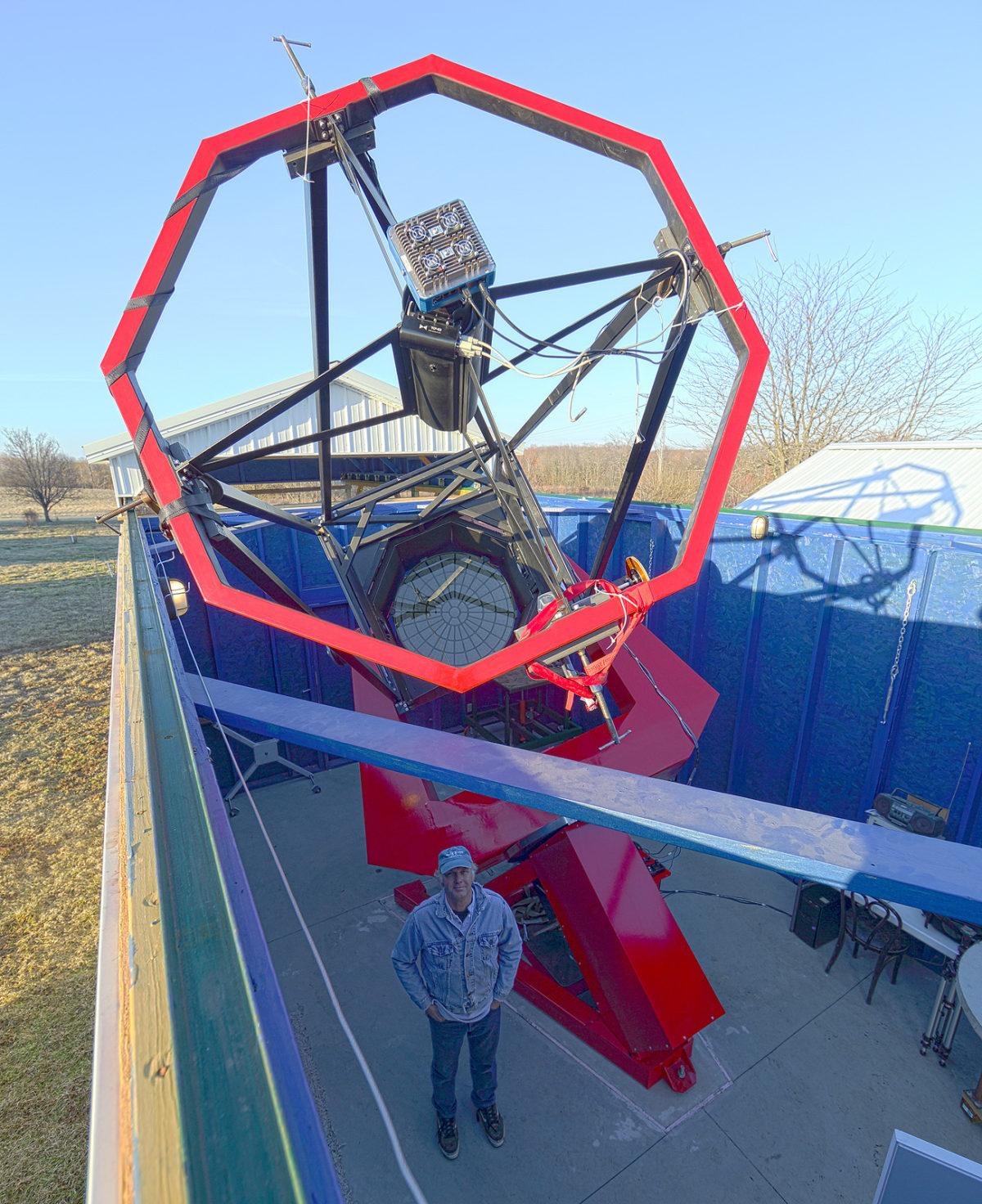
Julian Oey, is the director of Blue Mountains Observatory in New South Wales in Australia. The facility specializes in lightcurve observations as well as astrometry for NEOs and comets. The facility houses no less than five telescopes, observing dozens of NEOs per year photometrically (brightness measurements) and over 200 NEOs per year astrometrically (position measurements). His grant of $15,000 will allow to Julian to obtain a CCD for the largest telescope (24 inches diameter) in the observatory. This camera and telescope combination will provide essential follow-up observations of NEOs from southern skies to magnitudes (brightnesses) fainter than V = 21, as well as determine lightcurves for NEOs at much fainter magnitudes than before.
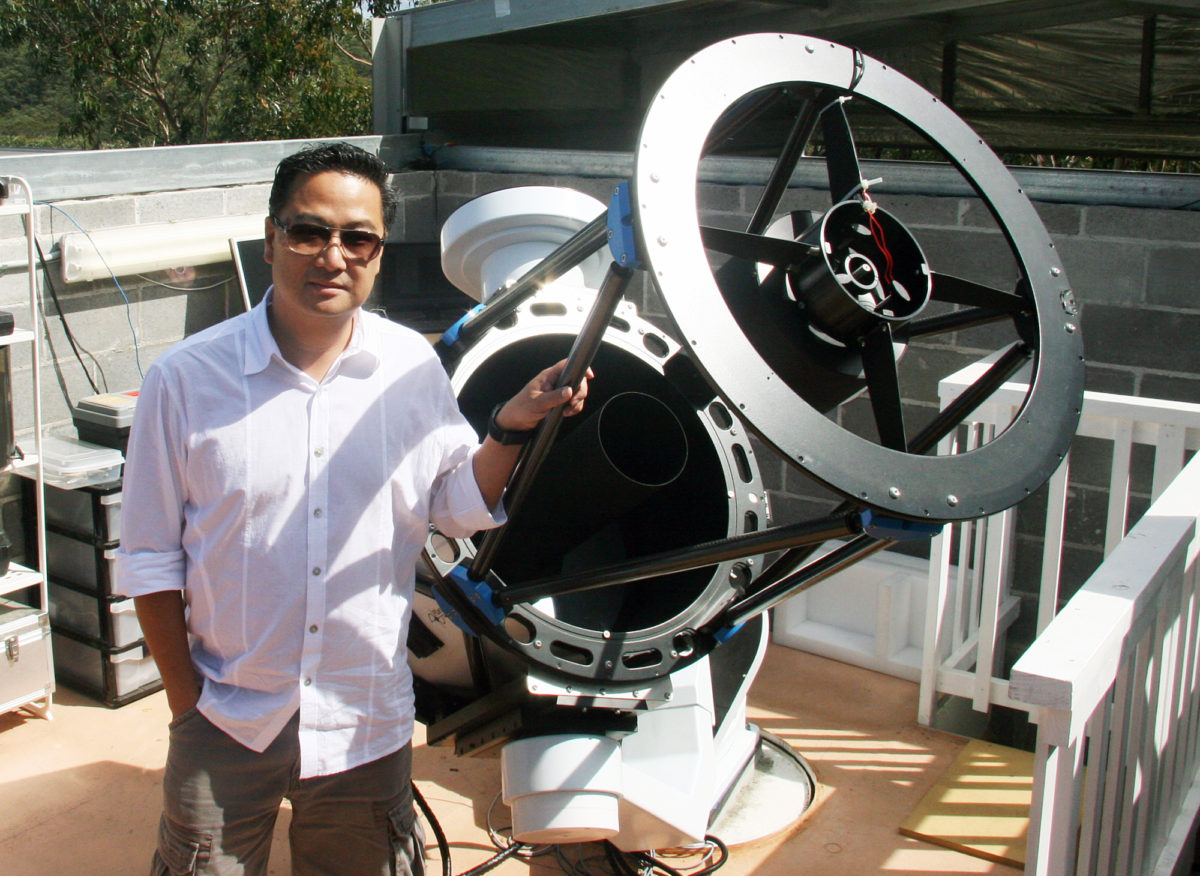
Donald Pray, specializes in determining lightcurves for binary asteroids. His research, conducted from Sugarloaf Mountain Observatory in Massachusetts, USA also concentrates on determining physical parameters such as orbital period and pole position for these objects. Donald will be granted $6,690 to purchase a new CCD camera to replace an old and failing camera; this will allow research to continue uninterrupted and more efficiently than it is currently being done.
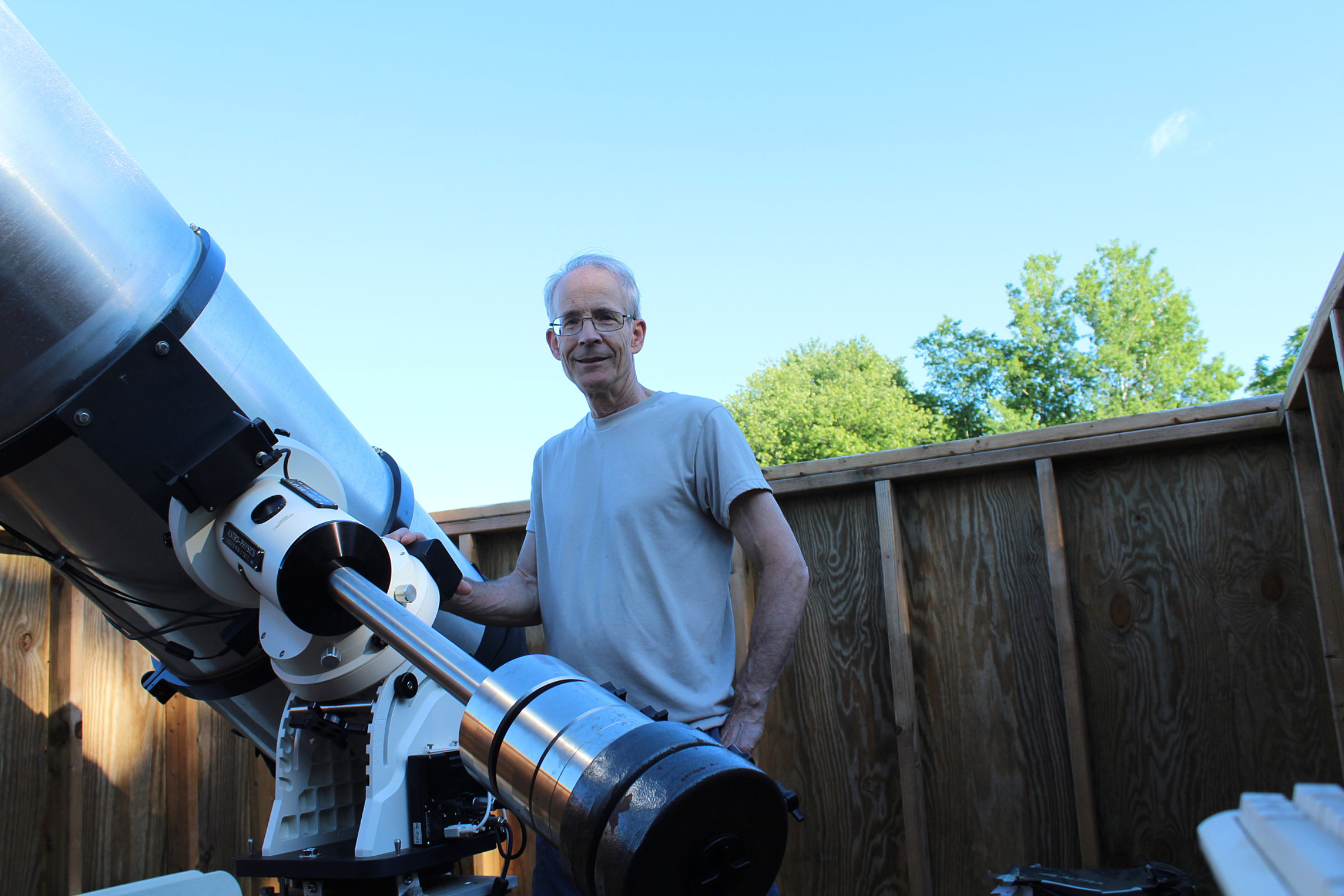
Acknowledgements
The Planetary Society sincerely thanks our expert advisory/review
panel: Planetary Society NEO Grant Coordinator Timothy Spahr; Alan
Harris, MoreData!; Carl Hergenrother, University of Arizona. The
Planetary Society gratefully acknowledges the financial support of its
members who make these grants possible.
Gene Shoemaker Near-Earth Object Grants
The Planetary Society's Shoemaker NEO grant program funds advanced amateur astronomers to find, track, and characterize potentially hazardous near-Earth objects.
Support our core enterprises
Your support powers our mission to explore worlds, find life, and defend Earth. You make all the difference when you make a gift. Give today!
Donate

 Explore Worlds
Explore Worlds Find Life
Find Life Defend Earth
Defend Earth


